Gneiss to Meet You
Exploring a Rare Prairie Growing Upon Some of the World’s Oldest Rock
Story and Photos by Addeline Theis
July 25, 2023
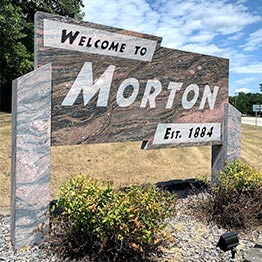
Pulling up at the edge of a gas station parking lot in the small town of Morton, Minnesota, I had to double check if this was the correct way to enter the prairie. A small foot path leading up through hip–height sumac bushes was visible from my car. It was a sign that others before me have taken this way to view the historical outcroppings. Obviously, this was my first ever visit to Morton Outcrops Scientific Natural Area (SNA). Unknowingly, I scrambled up some boulders to find myself above the landscape, overlooking the amazing river valley. Below my hiking boots were dark slabs of granite that were covered in encroaching lichen. Finding a lichen-less portion of the rock, I noticed distinctive swirling of the pink and black bands. This was the 3.6-billion-year-old Morton Gneiss (pronounced “nice”) dry prairie that the site was preserved around.
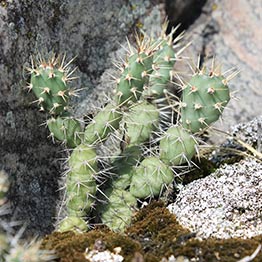
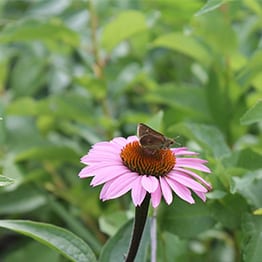
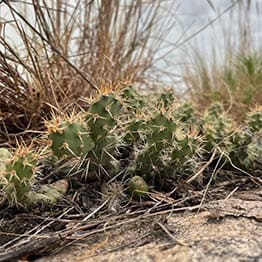
What draws geologists into this area is the events that happened after the glaciers melted. After the Des Moines lobe of the Laurentide Ice sheet retreated from southern Minnesota and the global temperature began to rise, meltwater began to collect in large inland lakes throughout southern Canada and the northern Midwest. The largest of these lakes was ancient Lake Agassiz. Varying water levels led to the lake overflowing a moraine ice dam near present day Browns Valley, creating an outlet river. Called Glacial River Warren, this outlet river was a prehistoric river that drained Lake Agassiz between about 13,500 and 10,650 BP (Before Present) years ago. The strength and power of Glacier River Warren carved out the valley that is now known as the Minnesota River Valley.
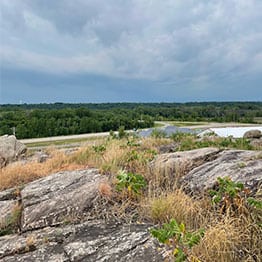
Today the land is protected as a Scientific Natural Area (SNA) managed by the Minnesota Department of Natural Resources. Colwell reflects:
When I was a boy, the Dakota story I heard was that the rock was the keeper of all knowledge. It had seen everything since the beginning of time, and if someone would ask in the correct way, they would learn the answer. It was almost like a library. I, of course, didn’t believe that story at the time. Once I started escorting geologists, anthropologists, and “ists” of all sorts through the site, I started to hear the same story repeatedly. The rock has seen everything since the earth cooled. If we look carefully and study hard, we will learn the answer to our questions.
Before returning to my vehicle, I took a few final moments on the ancient rocks, remembering that these rocks perhaps do have the answers to our questions. But only if we ask the right questions. I can only be thankful for the efforts of those that have contributed to the conservation and preservation of this site so that future generations can witness this library of knowledge within the Minnesota River Valley.

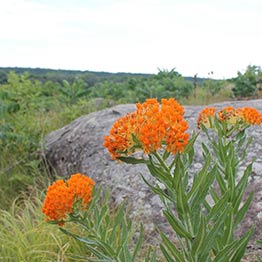
If you’re interested in dry prairies, visit one of our sites, like Muralt Bluff Prairie.
